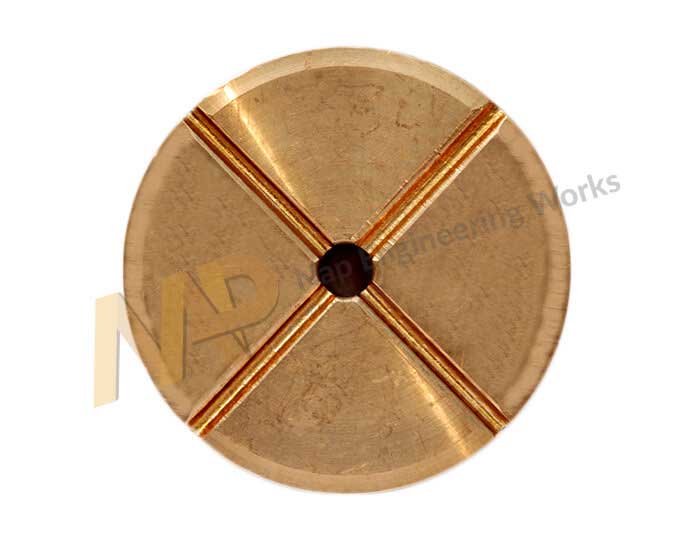Treating The Common Aluminium Casting Defects Have Now Become Easier
The best way to form complex shapes during casting is by following the aluminium casting process. Companies offering the service use innovative mould designs. Molten aluminium is poured inside the metal mould. It chills and solidifies rapidly. The castings have a fine and smooth finish which makes them suitable for various applications.
Numerous manufacturers prefer using aluminium castings as they have advanced metallurgical properties. Their strength is also greater than sand castings. Make sure you choose the right company for aluminium castings. You can rest assured that fewer defects will arise during the casting process. Few of them are quite tolerable and small so you can repair them easily. Enhancing your knowledge about the common aluminium casting defects will make it easier for you to avoid those.

4 Common Irregularities Found In Aluminium Castings
-
- Shrinkage
Every experienced company offering aluminium casting services knows the importance of the solidification process. A majority of the shrinkage defects occur during this stage. They generally occur when isolated pools of liquid form inside the solidified metal. You can find the closed shrinkage defects inside the castings while the open shrinkage defects are found on the castings’ surface.
- Gas Porosity
There might be gas porosity issue in your aluminium casting as liquid aluminium is capable of holding a large amount of dissolved gas. Solid aluminium, on the other hand, cannot hold dissolved gas. As a result, gas bubbles start forming inside the metal as it solidifies. The bubbles have a negative impact on the overall strength of the casting. One of the easiest ways you can prevent gas porosity is by ensuring that there is no dissolved hydrogen in the molten metal.
- Issues When Pouring Metal
Though pouring molten aluminium inside metal moulds look quite easy, it is actually not so. A wide variety of issues can crop up when pouring molten metal. There are a few instances when the liquid metal you are pouring inside the mould can’t fill the cavity entirely. There might be an unfilled portion in the aluminium casting. It might also occur that two pieces of metal have failed to fuse properly inside the mould cavity. As a result, a weak spot might develop in the casting.
- Metallurgical Defects
The metal’s chemical composition can impact the optimum cooling conditions of the castings. Metallurgical defects often lead to hot spots. The hard areas on the casting’s surface will take less time to cool than the surrounding metal. Few common causes of metallurgical defects in aluminium bronze casting are low metal temperature, cold dies, lack of venting, excess lubricant or dirty metal. Poorly designed mould can also result in hot cracking.
Since you are now aware of all the common aluminium casting defects, it’s time you start looking for an experienced company offering the service and dealing with those issues will become easier.

